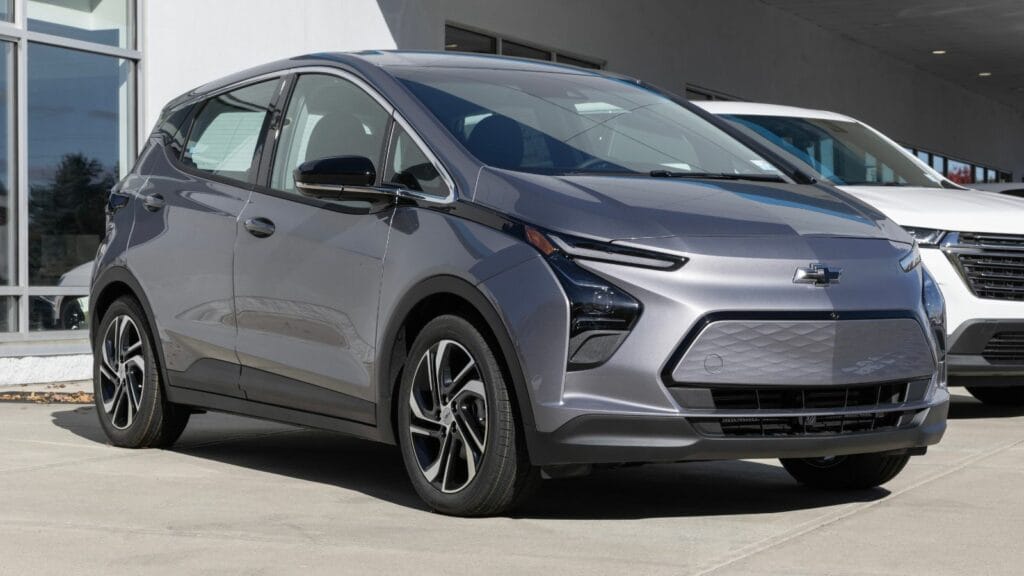Once considered smart buys or slam-dunk leases, some vehicles have lost their edge in Canada. Thanks to bloated MSRPs, crumbling resale value, rising interest rates, or canceled incentives, once-attractive deals are now financial missteps. Many buyers are waking up to the fact that value doesn’t always age well in this volatile auto landscape. Here are 20 auto deals that no longer make sense for Canadians:
Chevrolet Bolt EV

The Bolt EV was once Canada’s go-to affordable electric car, thanks to a sub-$40K price tag and up to $5,000 in federal incentives. But after GM announced the end of Bolt production and a lack of clarity on its successor, resale value took a nosedive. Add in falling battery confidence and growing competition from newer EVs with faster charging, and the Bolt is no longer the no-brainer it once was. Some dealerships still push it with rebates, but in today’s rapidly evolving EV market, the Bolt’s aging tech and uncertain future make it a deal that no longer makes sense.
Jeep Grand Cherokee L
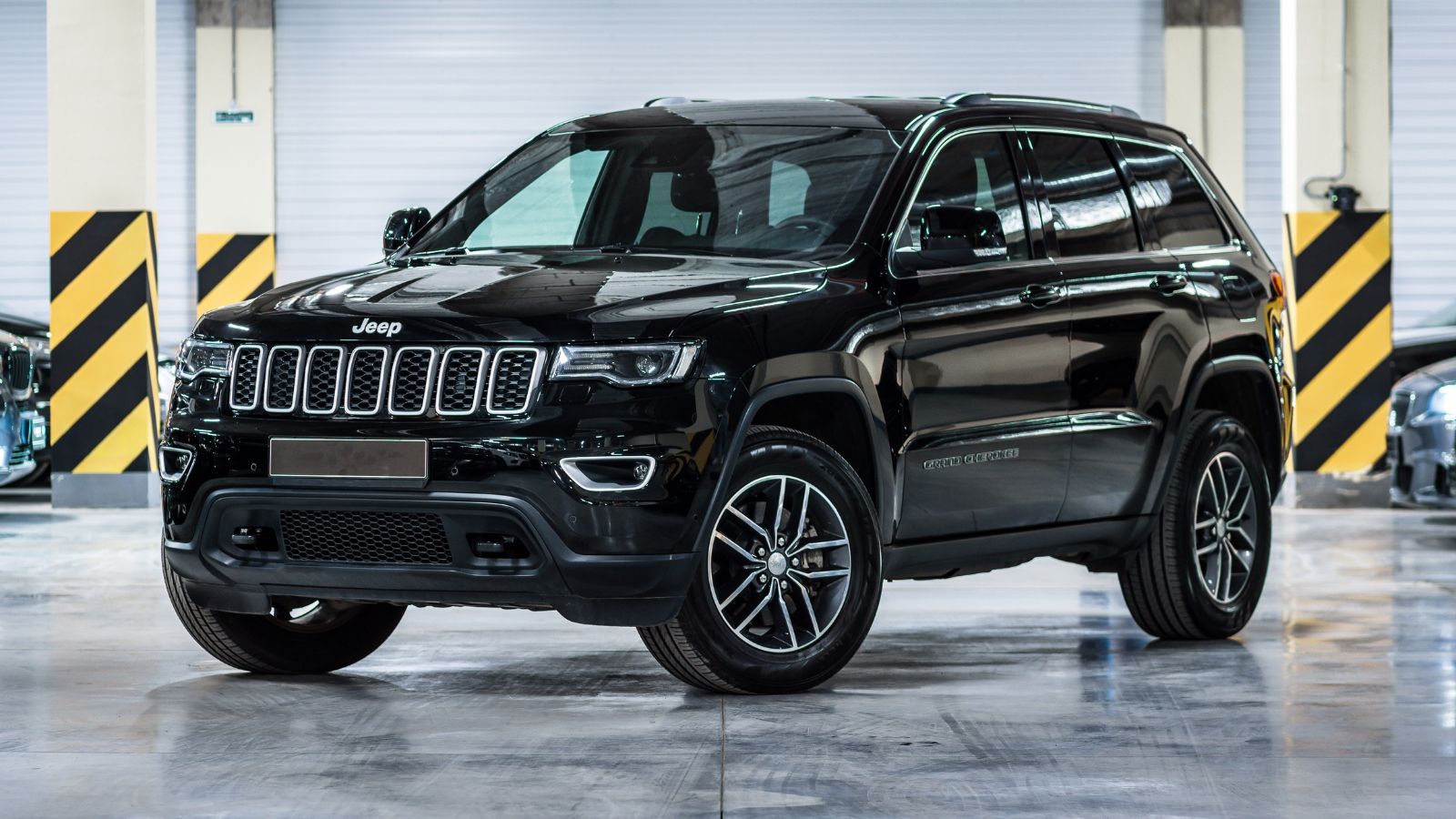
With its three-row layout and upscale trim options, the Grand Cherokee L seemed like the perfect blend of rugged utility and suburban luxury. But Canadian buyers are now finding themselves trapped in long-term loans on a vehicle that depreciates faster than rivals. Starting above $55,000 and climbing past $75K in Summit trims, the L feels overpriced next to better-built crossovers with stronger resale value. Rising interest rates also mean high monthly payments that no longer feel justified.
Hyundai Tucson Plug-In Hybrid
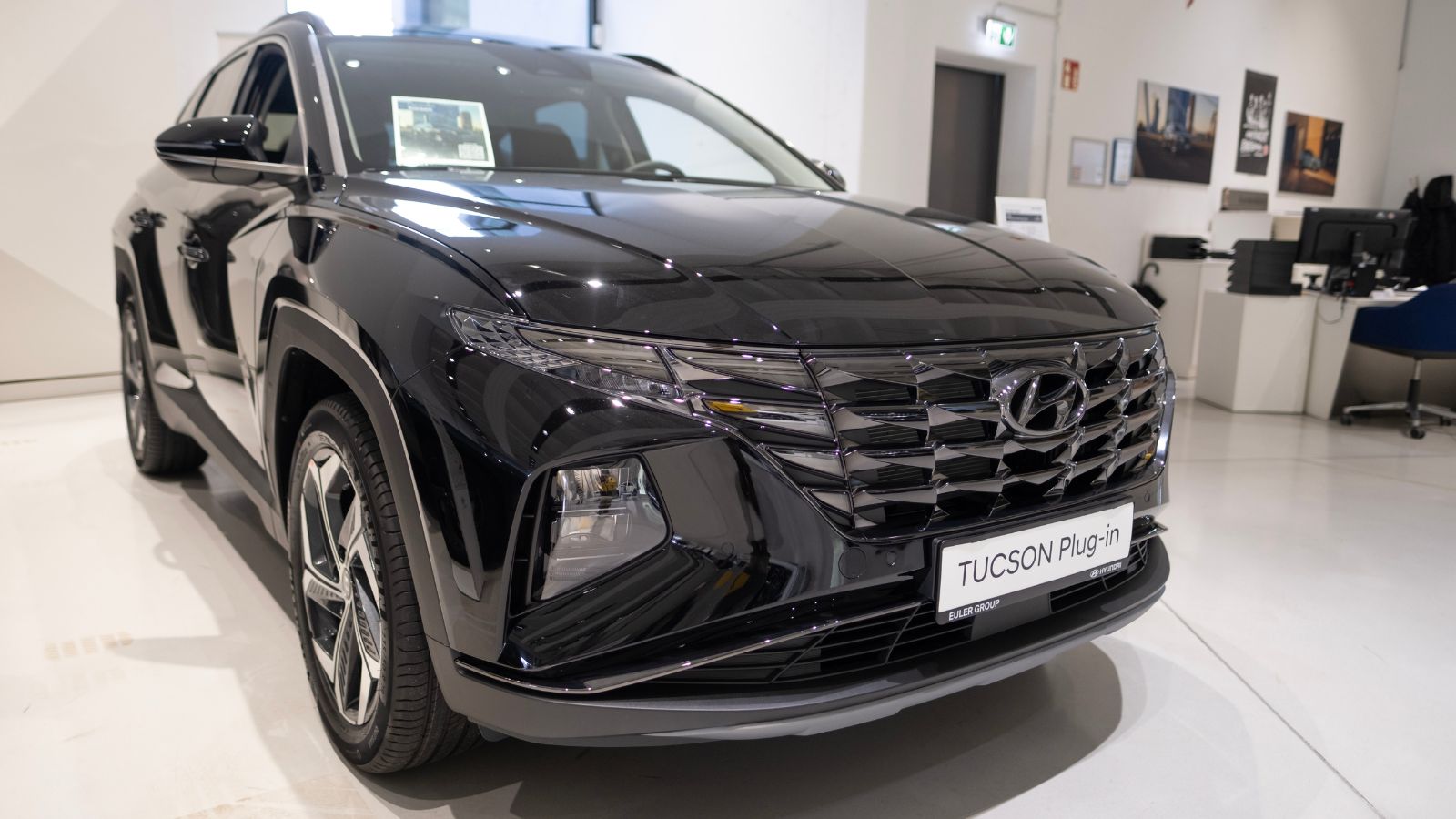
Once praised for offering AWD, solid EV-only range, and Hyundai’s tech-packed interior for under $45,000, the Tucson PHEV is now a deal that’s losing steam. Many trim levels now hover near $50K before tax, and in some provinces, plug-in incentives have dried up. With full electrics like the Tesla Model Y and Hyundai Ioniq 5 offering more performance and fewer moving parts for a similar price, the Tucson PHEV’s appeal has faded. Factor in rising insurance costs and limited availability, and this has become hard to justify for savvy Canadians.
Volkswagen Atlas Cross Sport

The Atlas Cross Sport’s sleek design and cavernous interior gave it early momentum in Canada’s midsize SUV segment. But weak resale, high fuel consumption, and VW’s persistent reliability concerns have dulled the shine. Starting in the high $40Ks and reaching above $60,000 for V6 trims, the Atlas doesn’t offer enough refinement to back up the price, while even leasing deals are drying up as interest rates rise and demand slips. Buyers once lured by the German badge are now realizing they could get more for less from domestic or Asian brands.
Nissan Sentra SR Premium
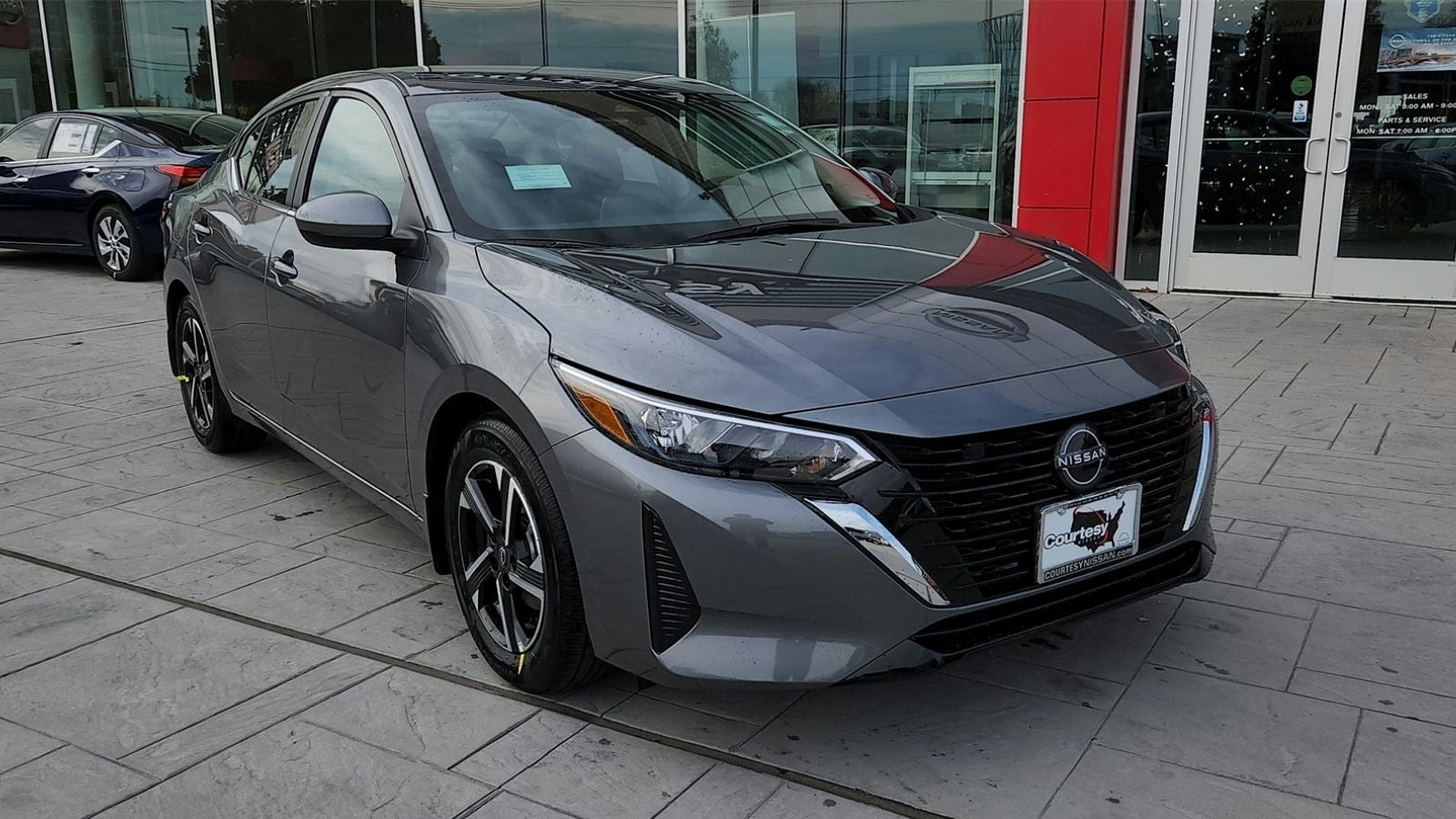
The Sentra SR Premium once packed impressive value into a small sedan, with heated seats, leatherette trim, a digital dash, all for around $27,000. But with interest rates climbing and insurance premiums for compact sedans on the rise, the math has shifted. Depreciation is especially brutal, with resale values falling sharply after just a few years. Meanwhile, similarly priced small SUVs offer better ground clearance, more cargo room, and higher trade-in values. For Canadian commuters looking for long-term value and flexibility, the Sentra no longer checks enough boxes.
Ford Escape Hybrid

Once a standout for fuel economy and federal rebates, the Ford Escape Hybrid now struggles to justify its price in Canada. Mid-level trims often push past $45,000, putting them in direct competition with more advanced PHEVs or even full EVs. Reliability complaints and a dated infotainment system don’t help its case, and Ford’s fluctuating inventory and frequent pricing adjustments have left buyers confused about value. In today’s market, the Escape Hybrid lands in an awkward middle ground of being neither affordable enough to be a deal, nor advanced enough to be worth the splurge.
Toyota Tundra Limited
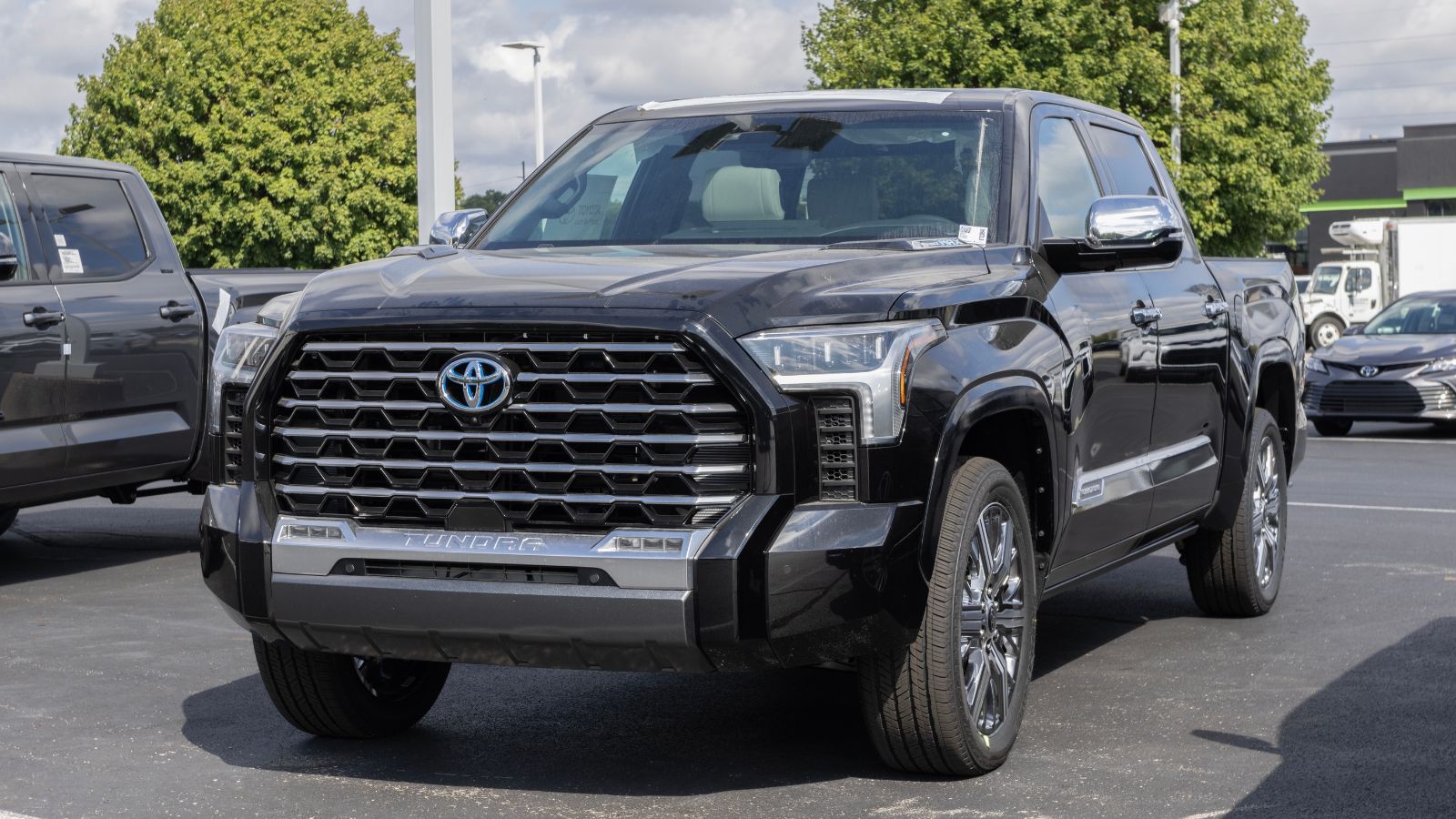
Toyota’s reputation for durability once made the Tundra a smart, long-term truck investment. But the latest generation, while powerful and tech-filled, comes with a steep learning curve and a price tag to match. The Limited trim often creeps above $70,000 in Canada, and with fuel economy still lagging behind rivals, operational costs remain high. Resale values have started to slip as full-size truck demand cools amid high borrowing costs, leaving Canadian tradespeople and outdoor enthusiasts with better-value options.
Honda HR-V (New Generation)
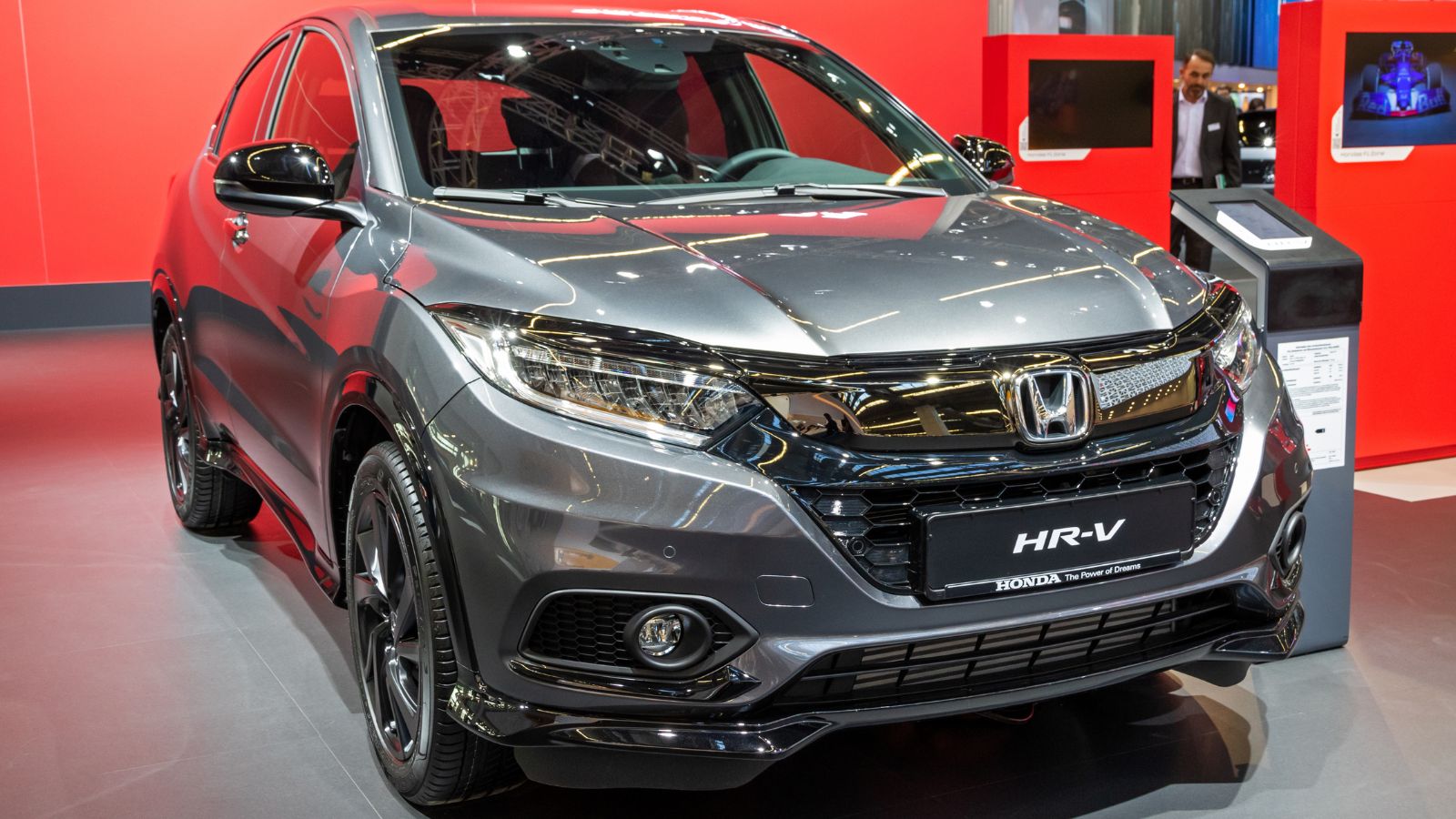
The redesigned HR-V aimed to bring Honda’s entry-level SUV into premium territory, but in doing so, it priced itself out of the value segment. With all-wheel drive models topping $37,000 before fees and taxes, the HR-V now overlaps with more powerful, better-equipped compacts like the Mazda CX-5 or Subaru Crosstrek Wilderness. The engine feels underpowered, the fuel economy has not improved significantly, and resale is modest at best. Once a smart urban crossover, the HR-V has lost its shine as a budget-conscious choice for Canadians seeking utility and long-term value.
Chrysler Pacifica Touring L (Non-Hybrid)
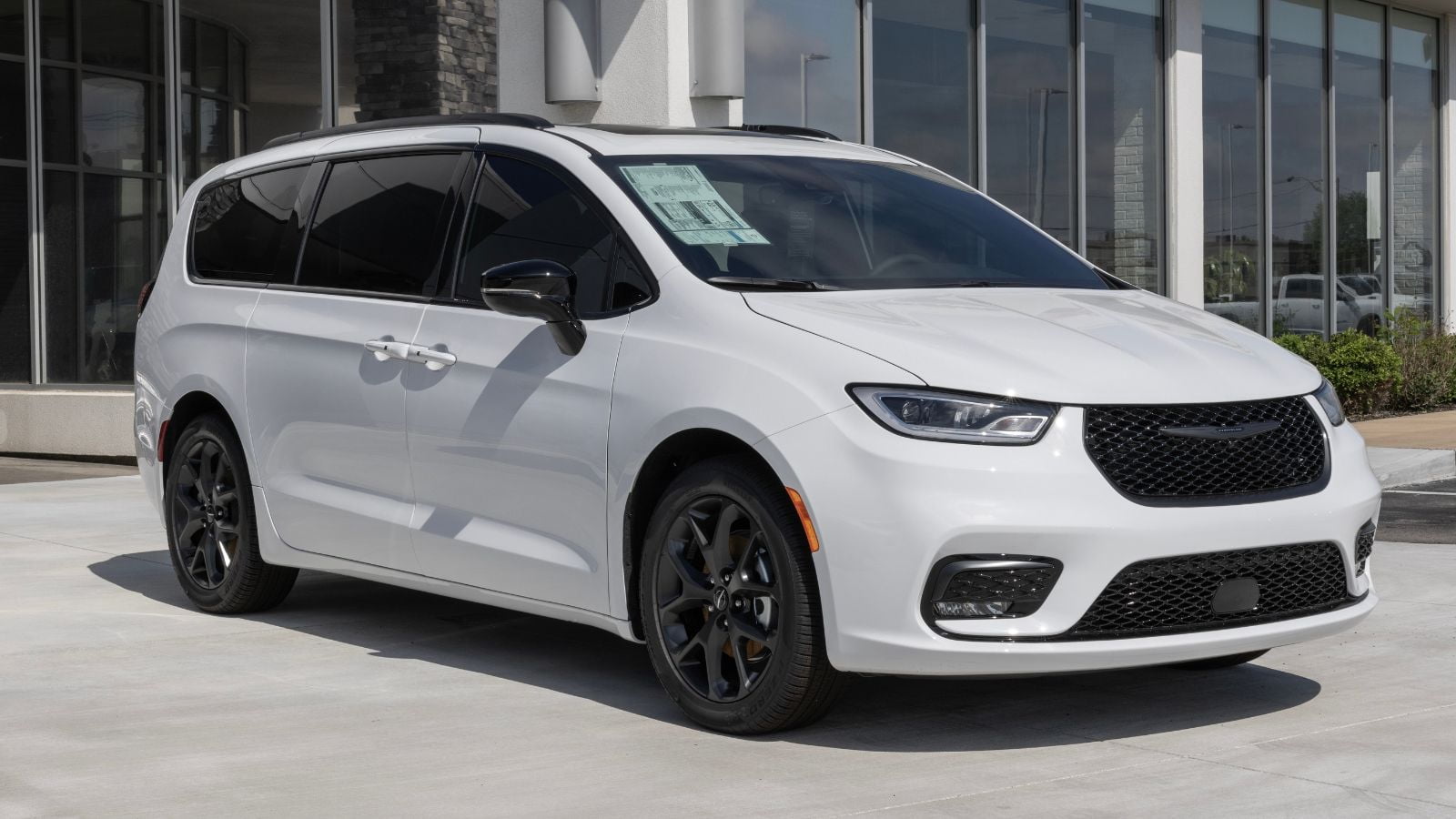
The Pacifica has long been one of the most refined minivans on the market, but in non-hybrid form, it’s now a tough financial pill to swallow. With pricing that easily surpasses $55,000 and no eligibility for EV or hybrid rebates, the Touring L trim feels outdated next to the plug-in version. Fuel economy is unimpressive, and Chrysler’s spotty reliability ratings have not improved much in recent years, and leasing offers have become scarce as interest rates spike. For Canadian families trying to balance comfort and cost, the gas-only Pacifica is a once-logical choice that now feels like a budget misfire.
Mazda CX-90 Inline-6 Turbo
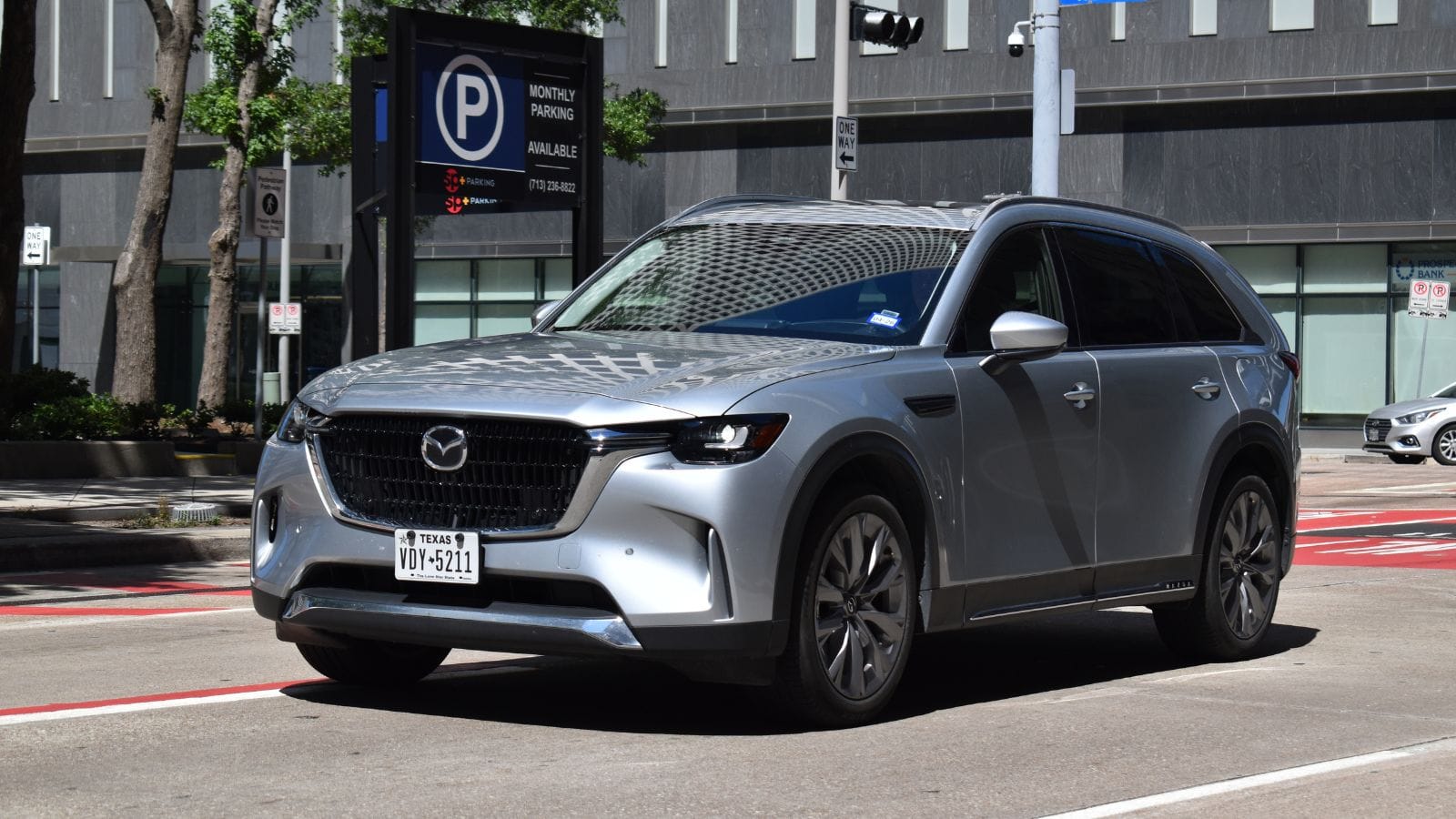
The CX-90’s entry-level trims appear competitive, but once you add the high-output inline-six and signature interior upgrades, prices quickly climb above $60,000. This places it in direct competition with premium European SUVs. Yet, Mazda’s luxury aspirations are still met with skepticism in the Canadian resale market, and with ultra-low financing rates a thing of the past, that hefty sticker price hits even harder. The performance and aesthetics may be stunning, but the CX-90’s running costs and uncertain long-term value make it a harder sell than Mazda anticipated.
Subaru Legacy

Once celebrated for its all-wheel drive and unbeatable winter handling, the Subaru Legacy is now lagging in Canada’s midsize sedan segment. Despite a starting price under $35,000, loaded trims exceed $45K with tech that still feels a generation behind. As more Canadians shift to compact SUVs, demand and resale for sedans like the Legacy are dwindling. Add middling acceleration from its base engine and an infotainment system that continues to frustrate, and the value proposition starts to unravel.
Kia Seltos SX Turbo
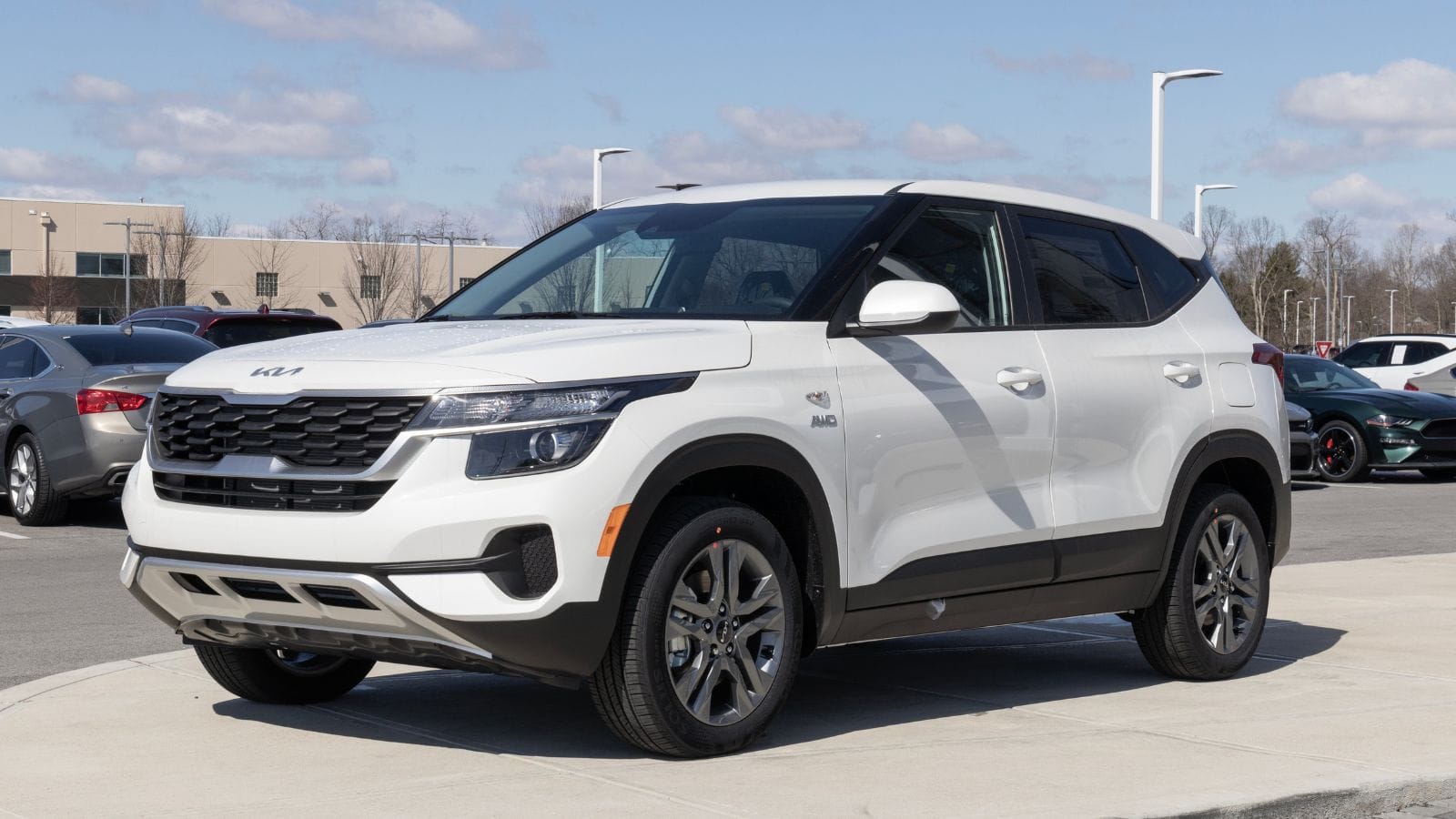
The Seltos gained early momentum as a well-priced urban crossover with punchy turbo performance and tons of features. But the SX Turbo trim, now retailing near $38,000, pushes it into awkward territory. Rivals like the Subaru Crosstrek and Honda CR-V offer more space, AWD confidence, and better resale for similar or less money. The Seltos also rides firm, and turbo maintenance costs are higher than many buyers anticipate. In a market where long-term ownership matters more than ever, Canadians are realizing that more features for the price don’t always mean a smarter deal when the depreciation kicks in.
GMC Terrain Denali
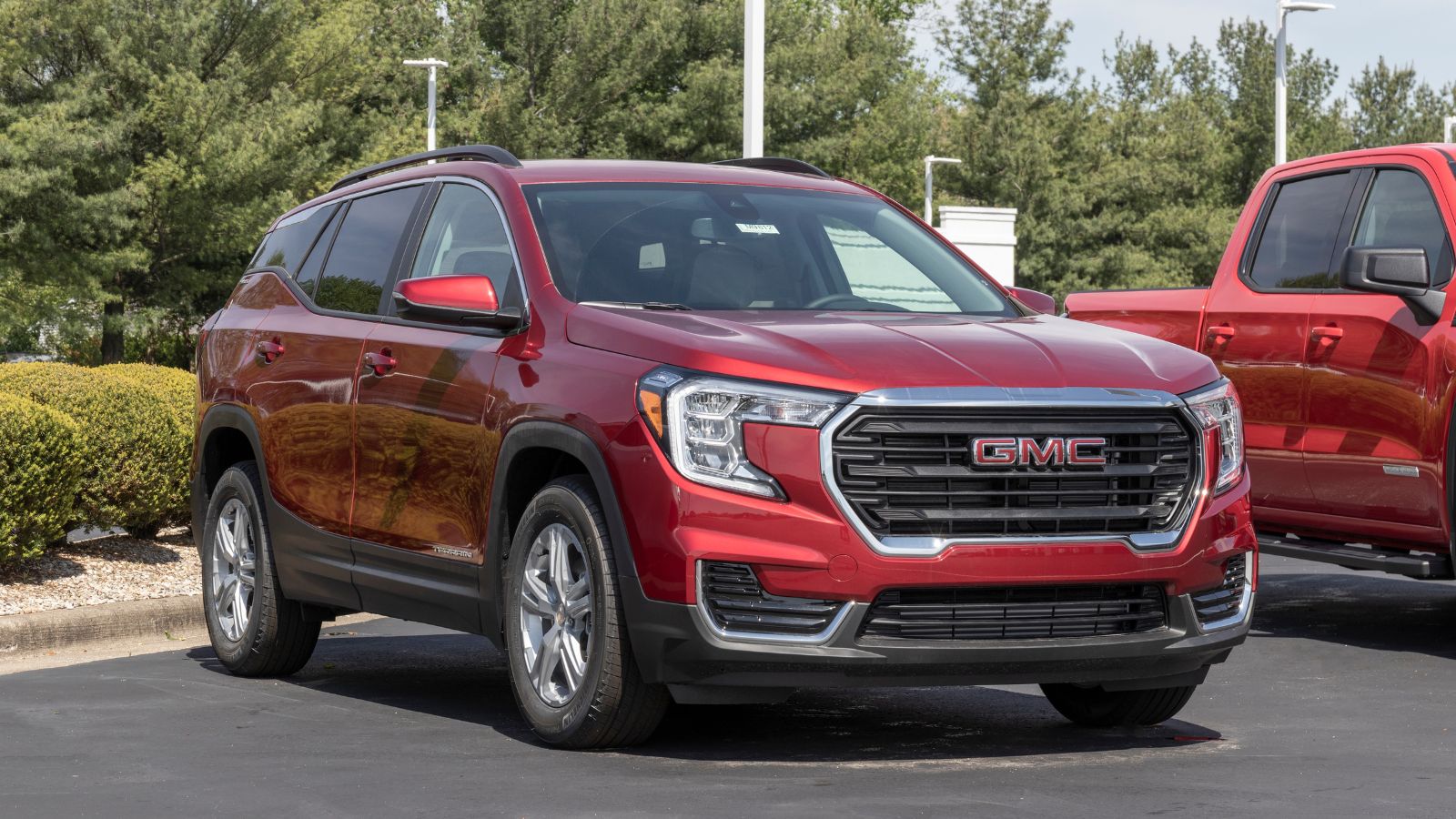
The Terrain Denali attempts to deliver luxury at a mainstream badge price, but Canadian shoppers are not buying it anymore. With pricing above $47,000 and mediocre fuel efficiency, it underperforms on both value and prestige. The Denali badge may add chrome and leather, but under the hood, it is the same modest turbo four-cylinder found in cheaper trims. With rival SUVs offering more tech, better handling, and stronger resale, the Terrain Denali feels overpriced and outdated, making the car less appealing for Canadians chasing upscale appointments.
Chevrolet Traverse
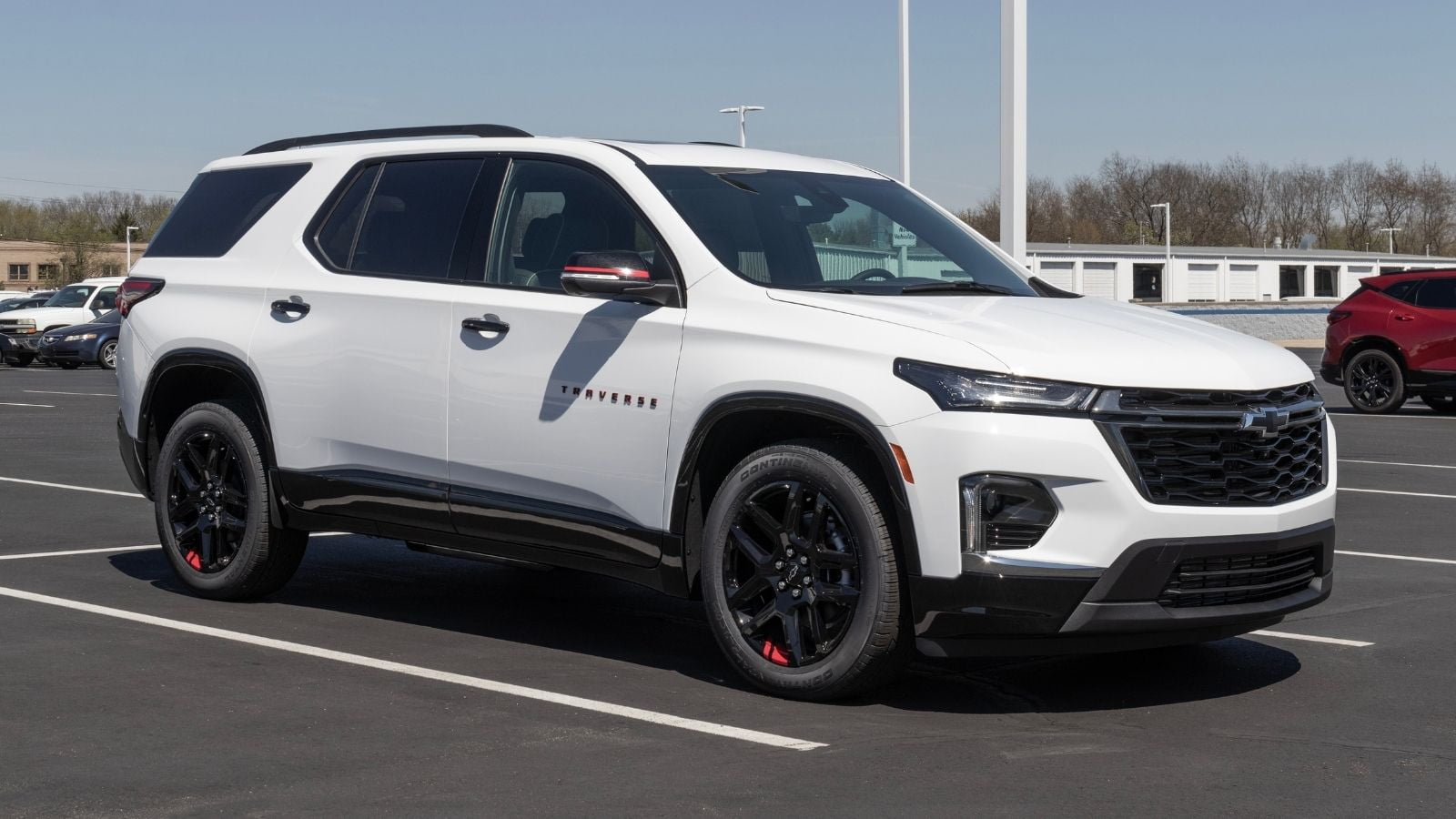
The Traverse has long been a go-to for big families needing space, but in Canada’s current market, its bulk comes at a steep cost. Fully loaded trims now approach $60,000, and even base models guzzle gas at a time when efficiency matters more than ever. Add rising insurance premiums and soft resale value, and you’re looking at a long-term loss leader. The SUV’s aging platform and dated cabin tech only make matters worse as the Traverse fails to make financial sense anymore.
BMW X1 xDrive28i
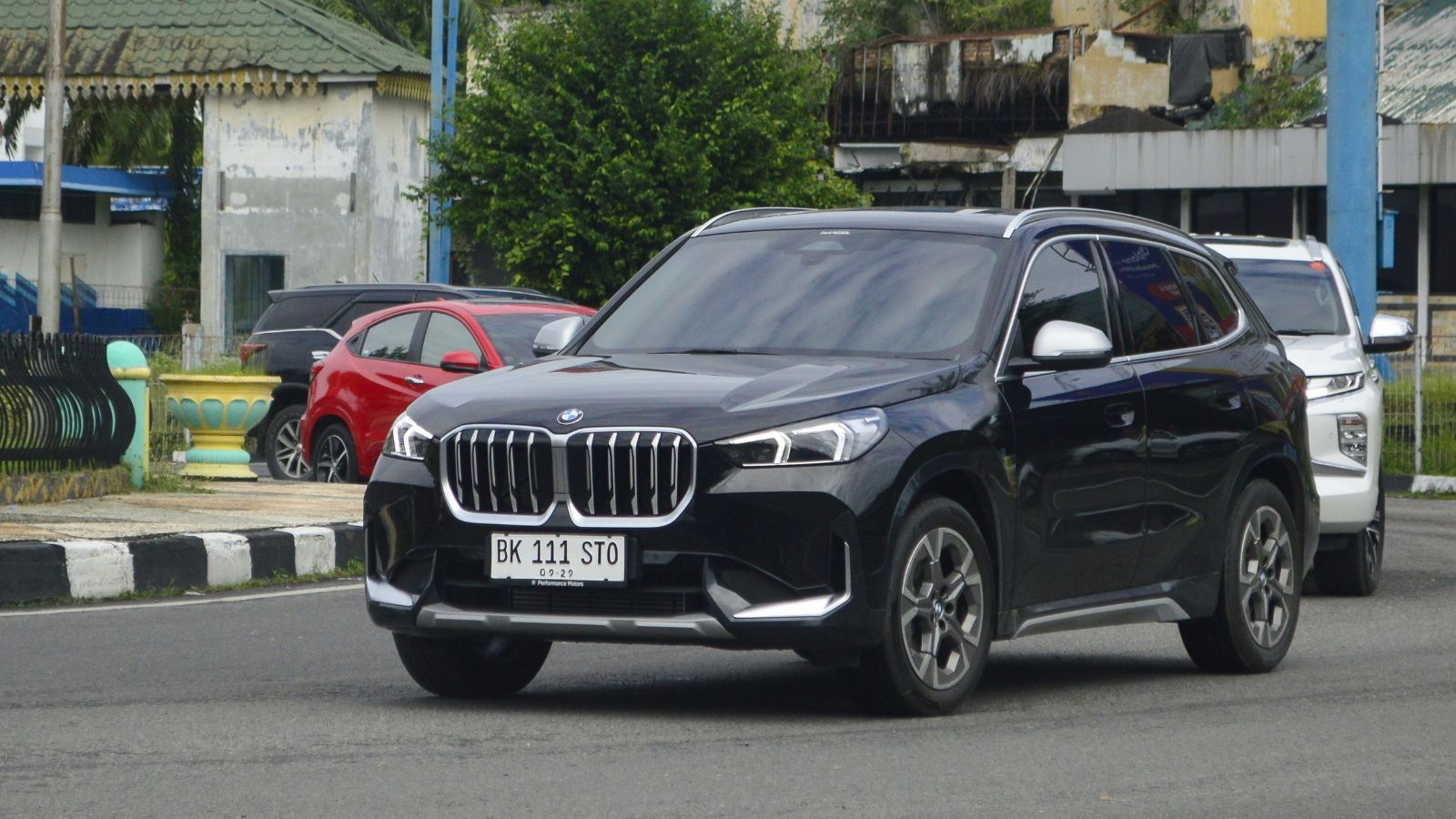
The X1 was once a smart entry point into BMW’s luxury lineup, but recent price hikes and inflation-driven lease rates have shattered that value. In 2025, the xDrive28i trim regularly exceeds $50,000 in Canada, without offering ventilated seats, adaptive cruise, or genuine leather. Combine that with high servicing costs and insurance premiums, and the affordable luxury angle falls apart. Meanwhile, brands like Genesis and Acura are delivering more performance and premium features for less.
Jeep Compass Trailhawk
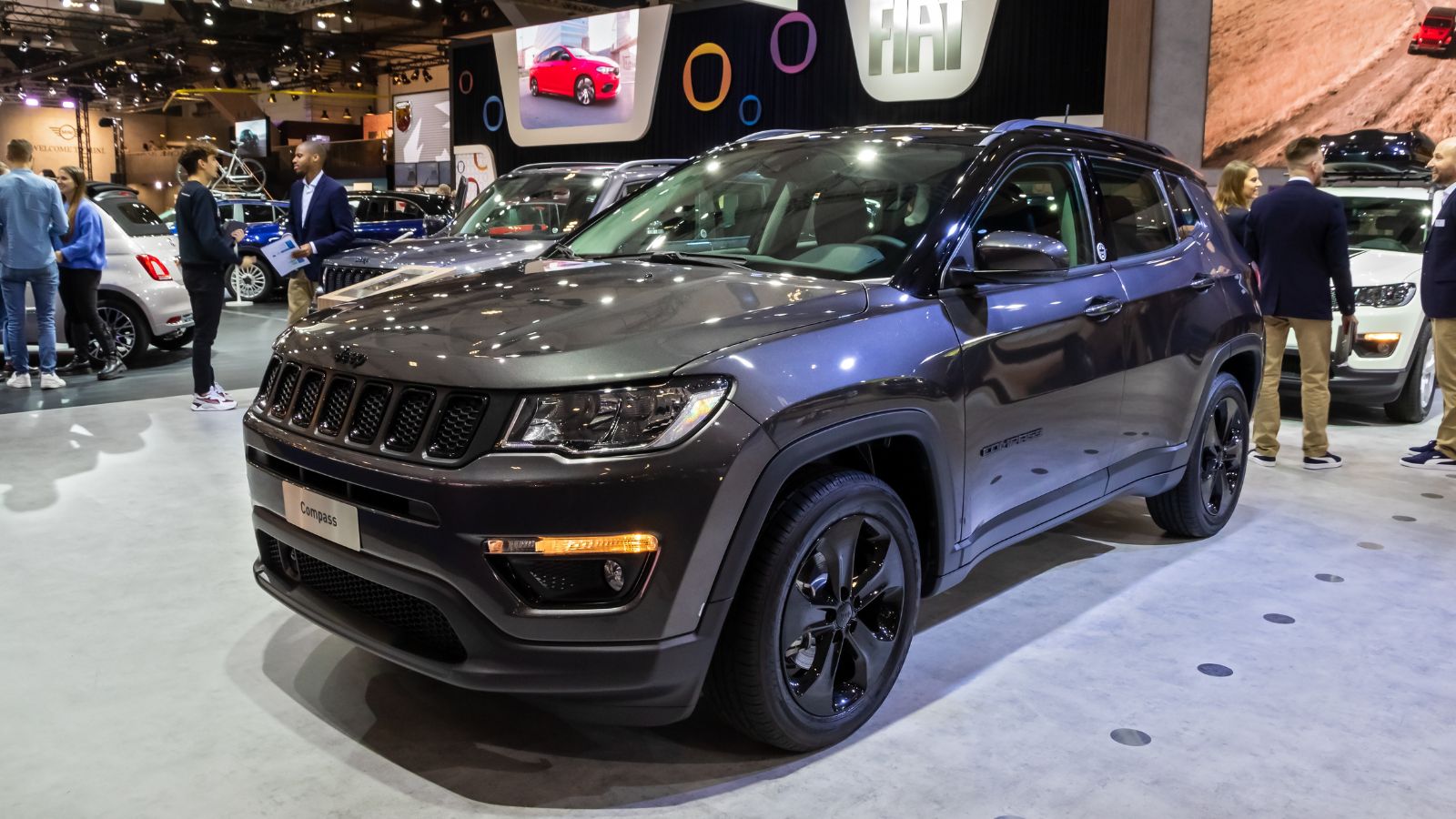
Jeep’s Compass Trailhawk once lured Canadians with its rugged style and off-road image, but the pricing now tells a different story. Pushing past $47,000 with basic packages, it no longer delivers the value expected in a compact SUV. The ride is harsh, cabin space feels cramped for its class, tech updates haven’t kept pace with rivals, and reliability concerns persist, especially with transmission issues reported in earlier model years. For that price, buyers can step into larger, better-equipped SUVs or even hybrids with stronger fuel economy, making the Compass less practical to own.
Mercedes-Benz GLB 250
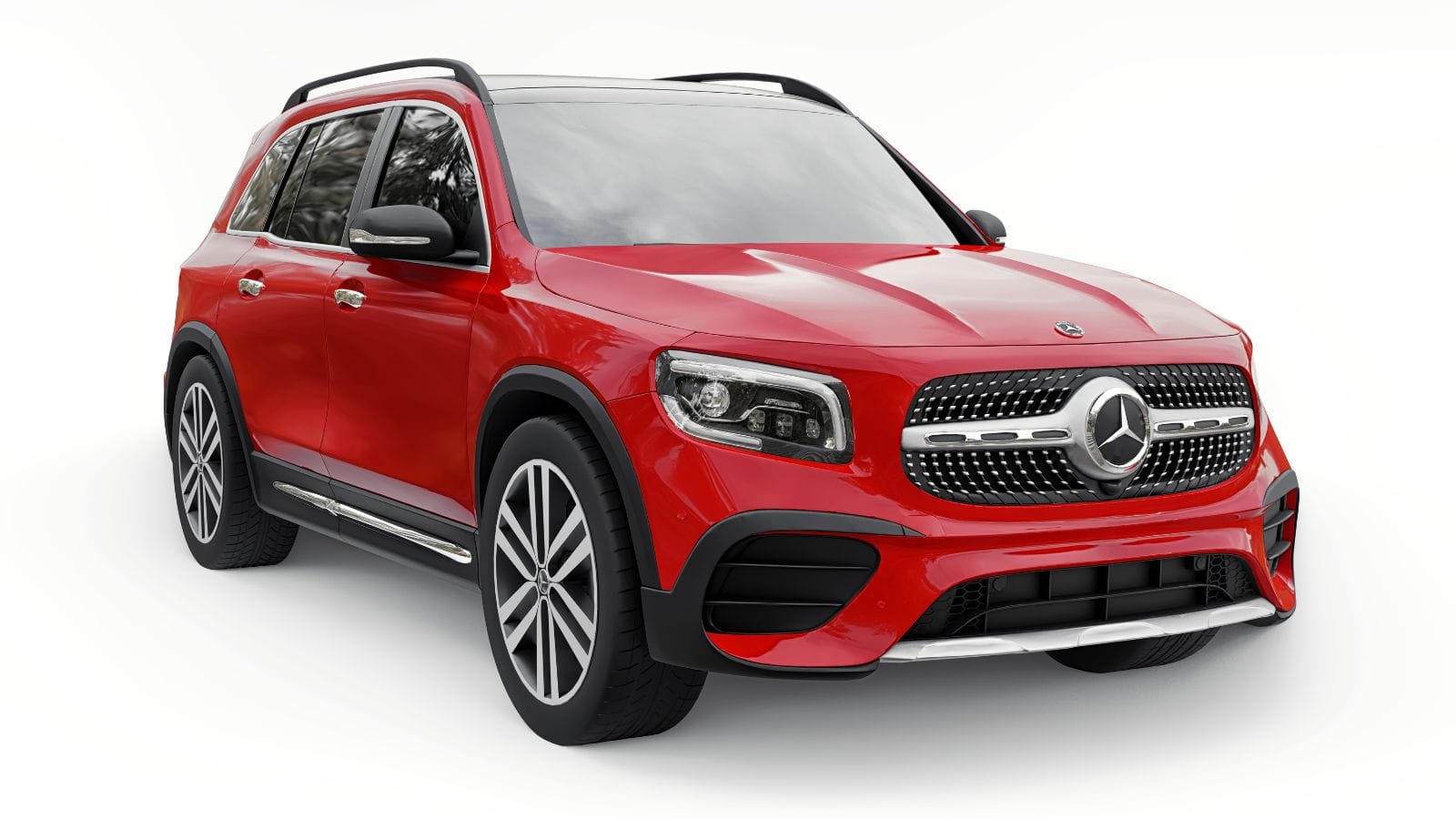
The GLB 250 was meant to be an entry point into the Mercedes SUV world, but for Canadians, that entry is now steep. With prices often soaring above $60,000 once you add AWD and premium packages, the GLB feels too expensive for what it delivers. The boxy design maximizes cabin space, but interior quality doesn’t match the brand’s luxury promise at this price point. Pair that with expensive maintenance, short warranty coverage, and poor resale compared to Japanese competitors, and it’s a questionable investment that has made it less appealing to Canadian drivers.
Volkswagen Taos Highline
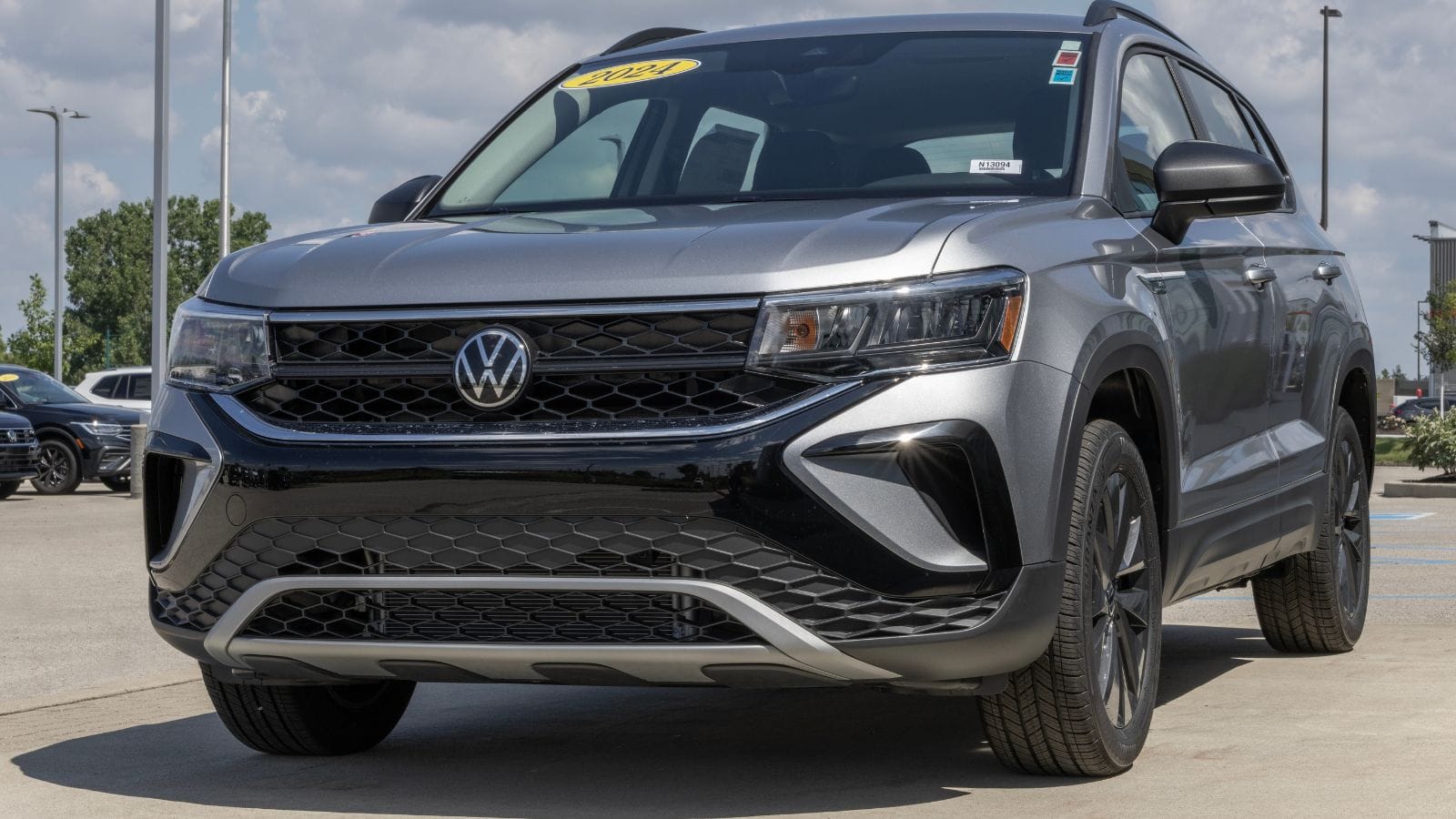
Volkswagen’s Taos was launched as a budget-friendly urban crossover, but the Highline trim now challenges that reputation. Pricing reaches close to $40,000 in Canada, putting it head-to-head with larger, more capable models like the Honda CR-V or Toyota RAV4. Though it boasts a peppy turbocharged engine, the dual-clutch transmission can feel clunky in stop-and-go traffic. Rear-seat space is tight, and the build quality, while stylish, doesn’t always justify the price tag.
Hyundai Sonata N Line
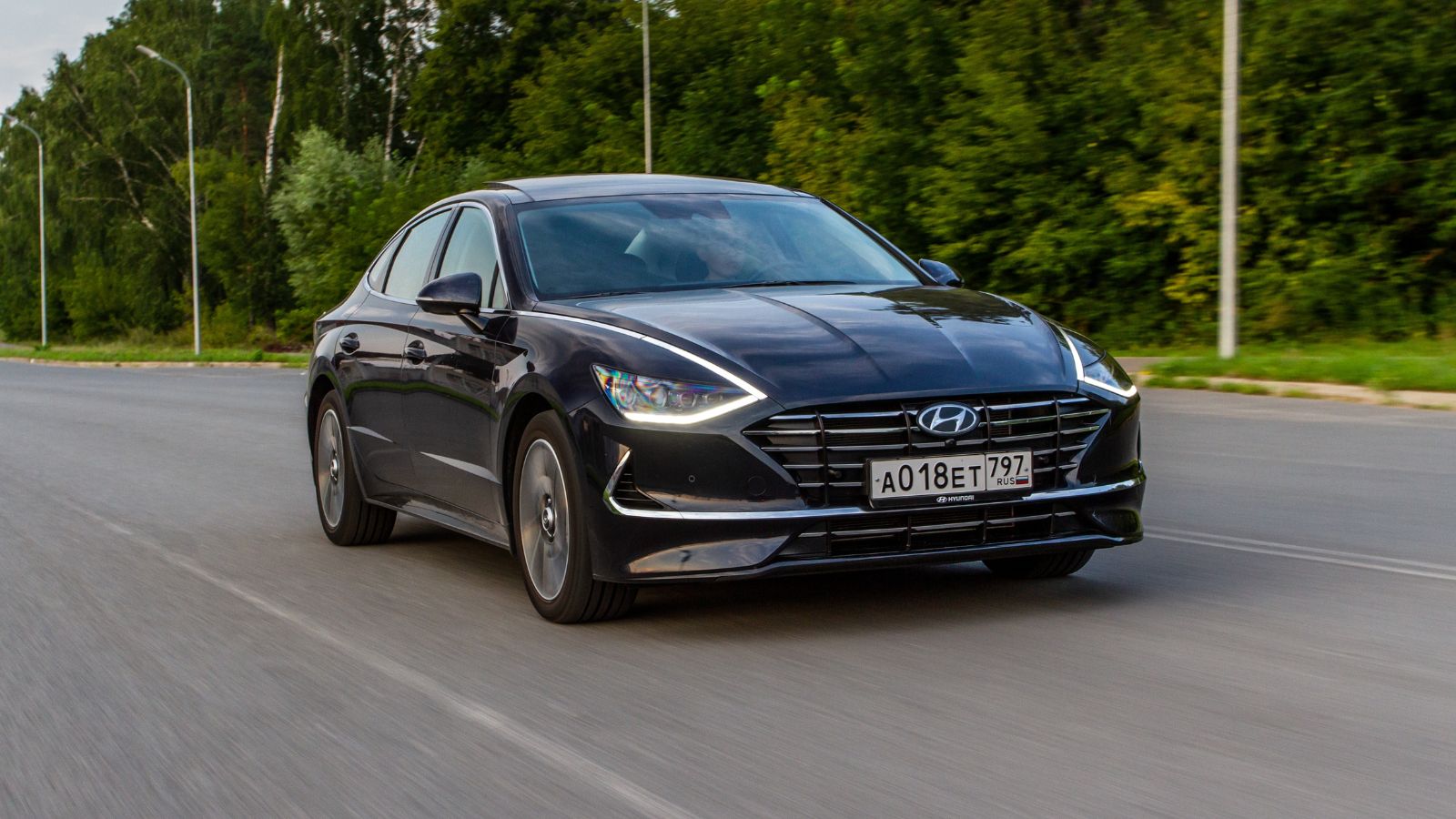
The Sonata N Line was Hyundai’s bold move to include sportiness into a midsize sedan, but high tariffs, rising prices, and low demand in Canada have turned it into a tough sell. Topping $42,000, the N Line boasts 290 hp and athletic styling, but it’s still a front-wheel-drive sedan in an SUV-dominated market. Fuel economy is not spectacular, and resale values have dropped as sedans fall out of favor. Despite its performance credentials, the Sonata N Line is now a niche buy for a narrow audience.
Nissan Murano Platinum
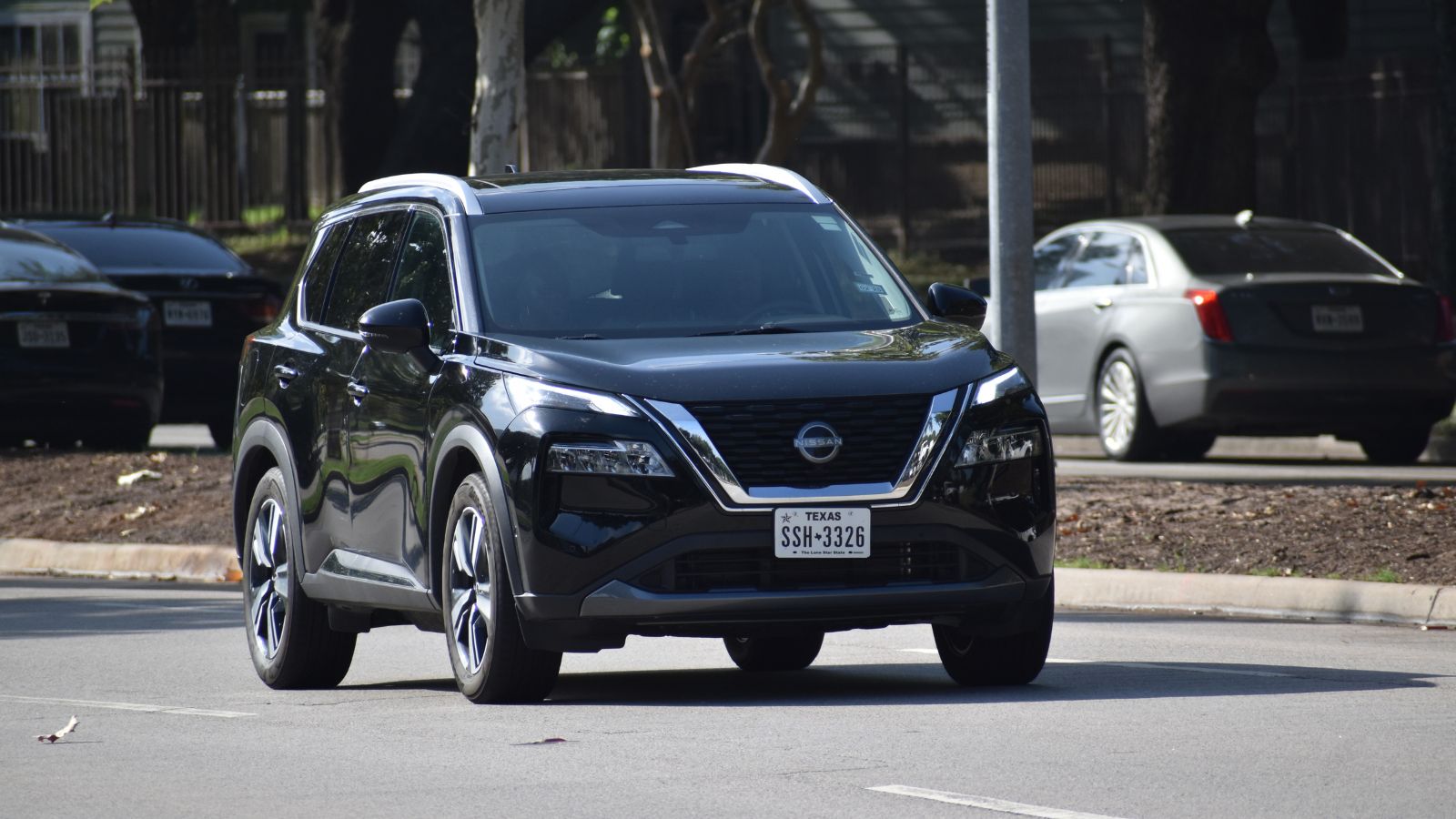
The Nissan Murano Platinum once stood out for comfort and quiet, but its dated platform and steep price tag, often pushing $53,000, now place it among poor-value picks. The aging V6 engine lacks fuel efficiency, and the infotainment system feels outdated compared to rivals. Interior materials are premium-adjacent, but not truly luxurious, and resale is tepid. Meanwhile, competition from newer two-row SUVs like the Hyundai Santa Fe and Kia Sorento Hybrid offers more innovation for less money.
21 Products Canadians Should Stockpile Before Tariffs Hit

If trade tensions escalate between Canada and the U.S., everyday essentials can suddenly disappear or skyrocket in price. Products like pantry basics and tech must-haves that depend on are deeply tied to cross-border supply chains and are likely to face various kinds of disruptions
21 Products Canadians Should Stockpile Before Tariffs Hit
